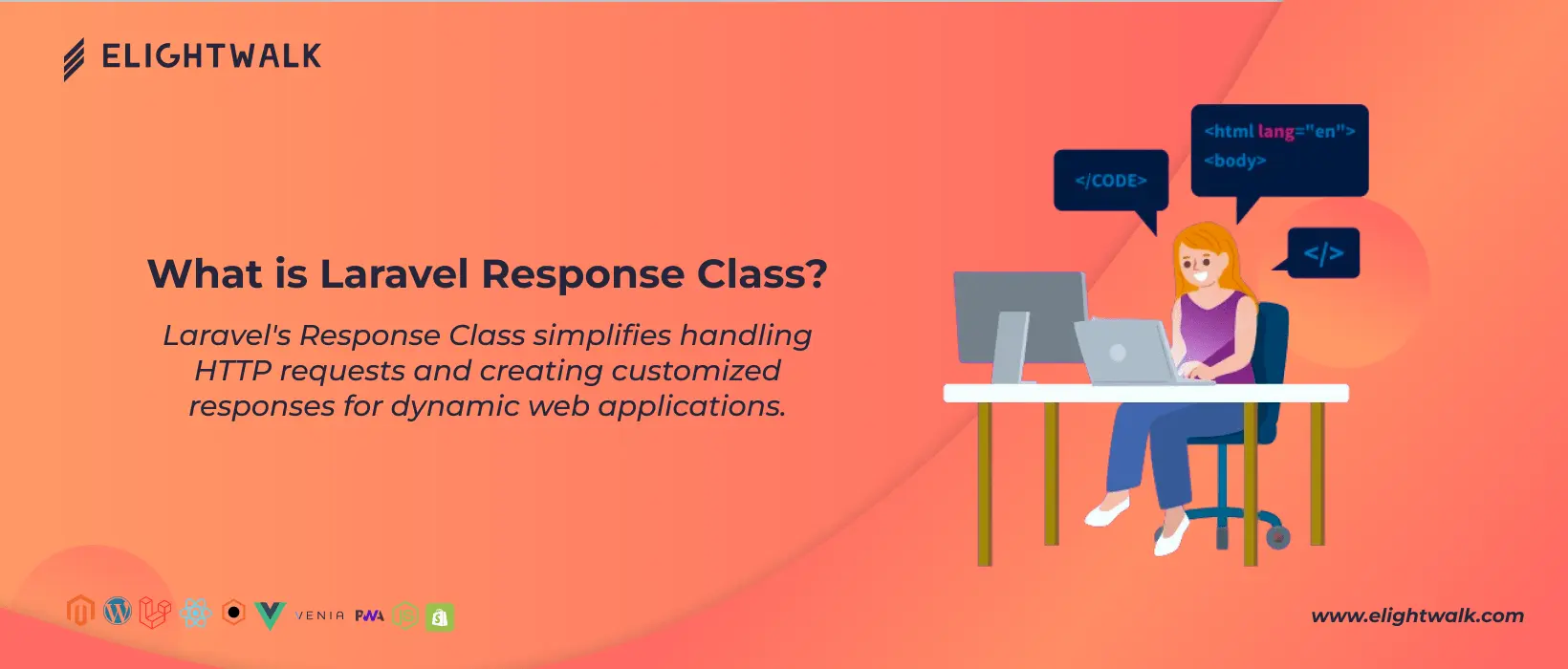Laravel is a robust PHP framework known for its elegance and efficiency in web development. Laravel provides various tools and functionalities designed to streamline the web development process. From its expressive syntax to its robust set of features such as routing, authentication, and database management, Laravel helps developers build advanced web applications with ease and efficiency.
Dealing with and responding to HTTP requests and responses in Laravel is fundamental to web development. When communication between clients and servers is common, mastering the art of managing these requests and responses is important. Laravel provides simple mechanisms for handling these interactions, allowing developers to create seamless and responsive web experiences for their users.
This exploration explores Laravel's capabilities, pointing out how it can simplify HTTP request handling and generate customised responses, opening up new possibilities for modern web development and making it possible to create dynamic web applications.



